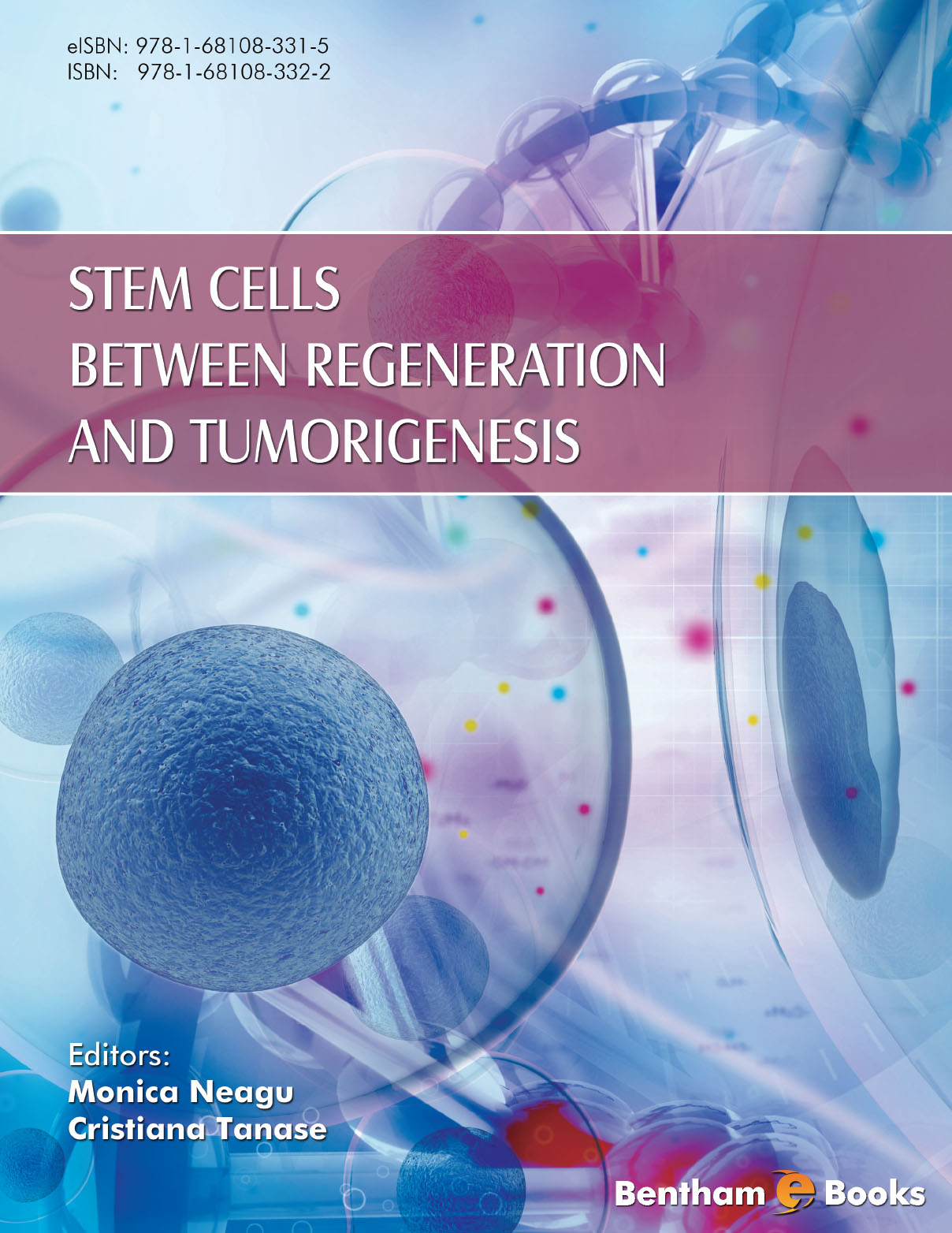Introduction
Experts in the field of cellular biology have shown that the reactivation of pluripotency inherent in all cells can allow us to reprogram cells into a specific cell line. This reprogramming paradigm is steadily enhancing our understanding of cell differentiation processes and cellular identity. Consequently, new prospects for cellular therapies of diseases and in vivo regeneration have risen.
Stem Cells Between Regeneration and Tumorigenesis focuses on organ specific molecular pathways that trigger two opposite ways that a stem cell can grow (regeneration and neoplasia). Chapters provide a balanced set of information about tissue regeneration and tumorigenesis in several tissues and biological systems (the nervous, circulatory, oral, skin, digestive and endocrine systems). Additional reviews of the immunological role in regulating the two stem cell growth processes and the role of genomics and proteomics in understanding these processes round up the contents of this monograph.
Readers of this book will gain the following key benefits:
-an insight into the complexity and controversy surrounding the established dual stem cell behavior paradigm (regeneration versus tumorigenesis)
-an understanding of the intricate cellular processes such as stem cells maintenance
-background knowledge of optimizing tailored therapy in personalized and regenerative medicine
Stem Cells Between Regeneration and Tumorigenesis is a useful resource for advanced graduates and researchers undertaking courses in molecular biology and personalized medicine, as well as interns involved in stem cell research programs.

